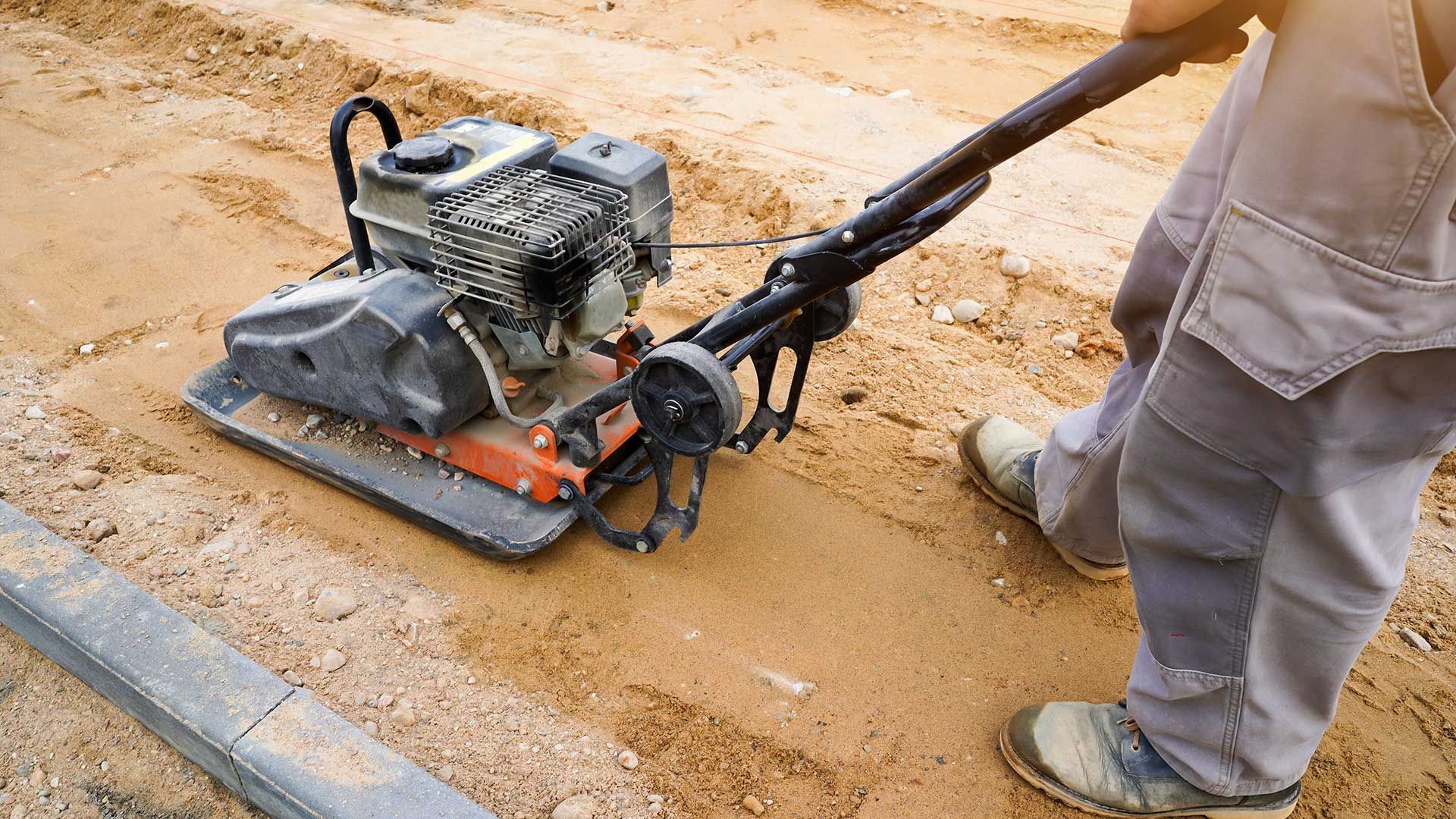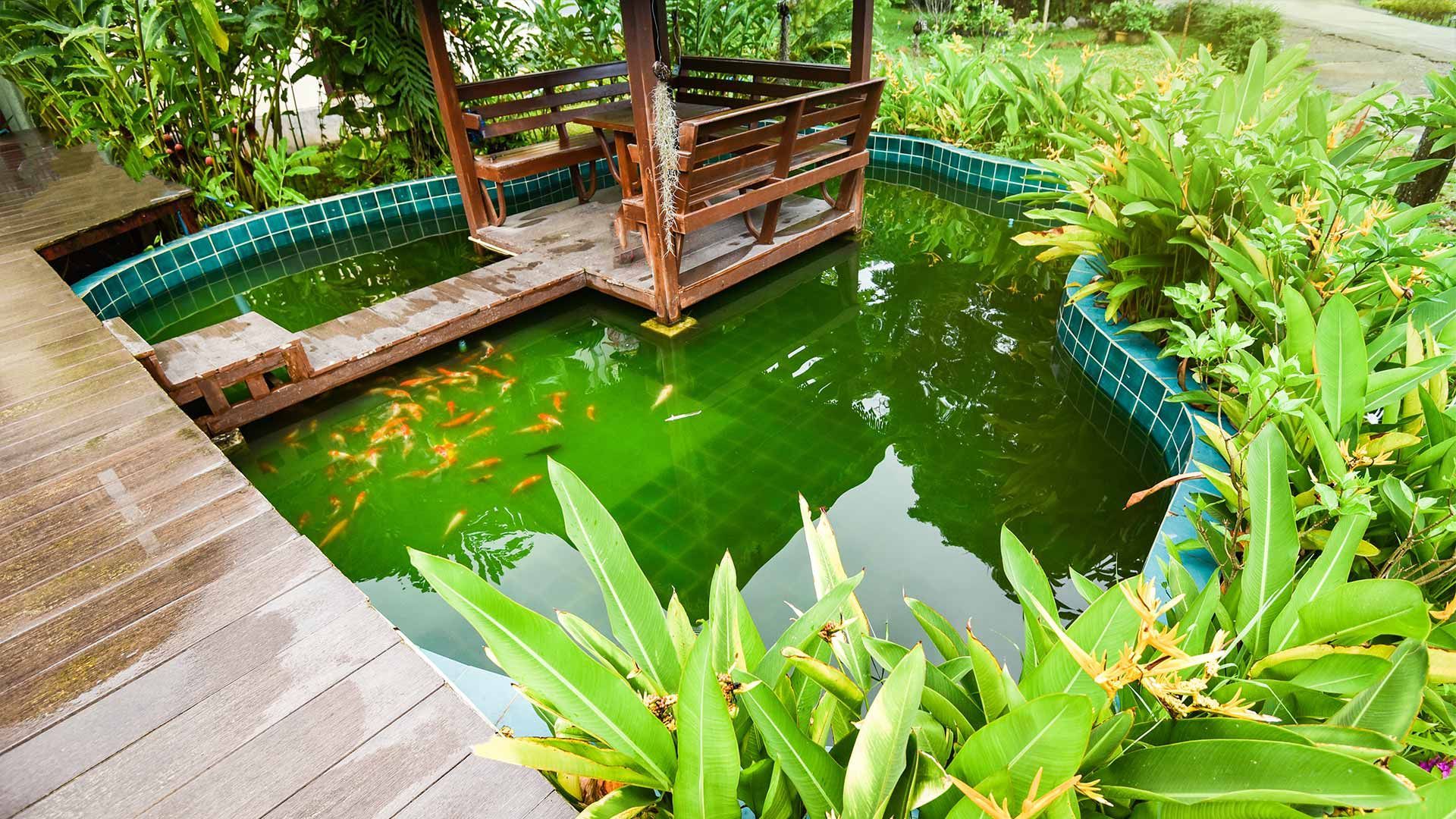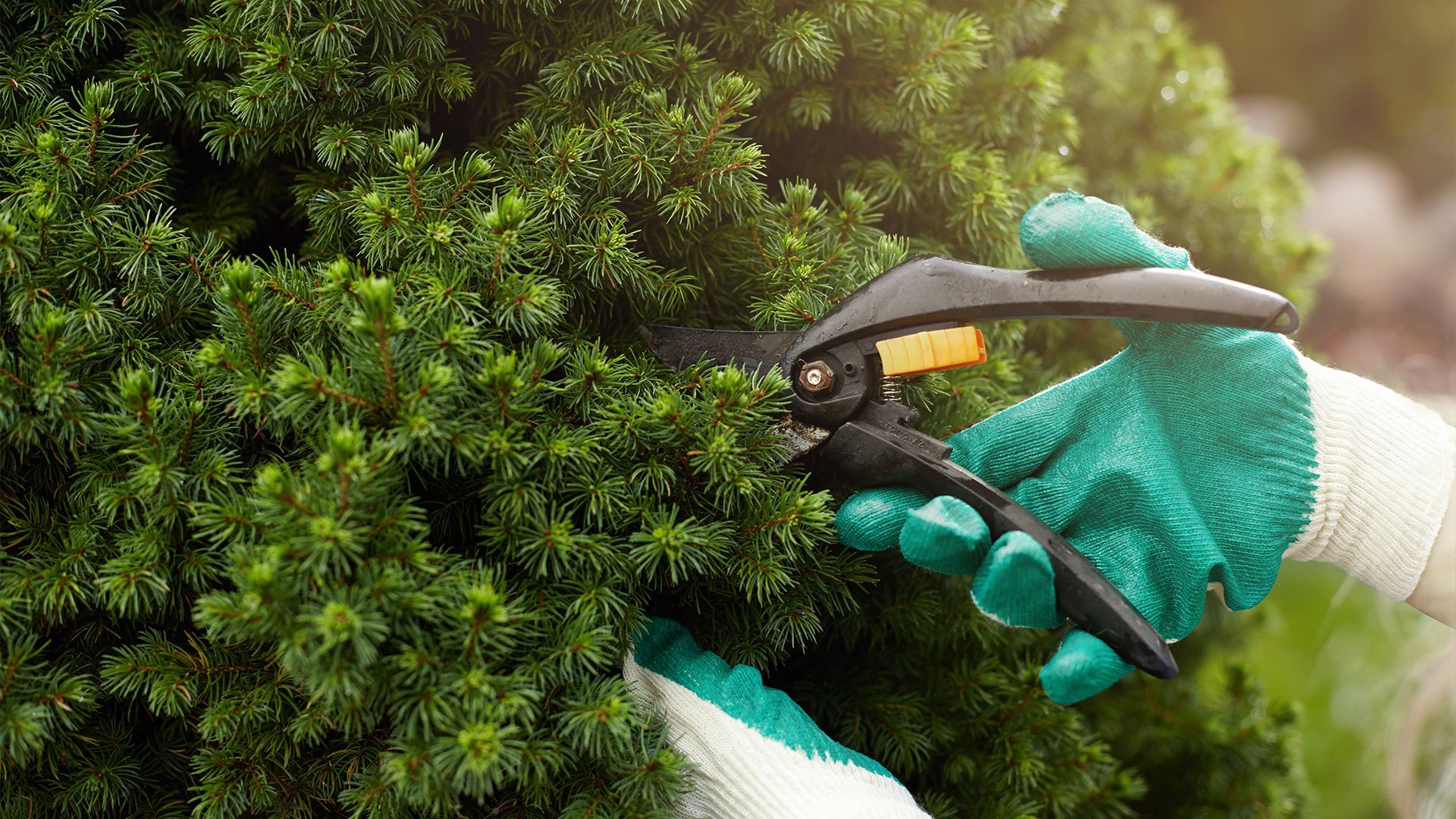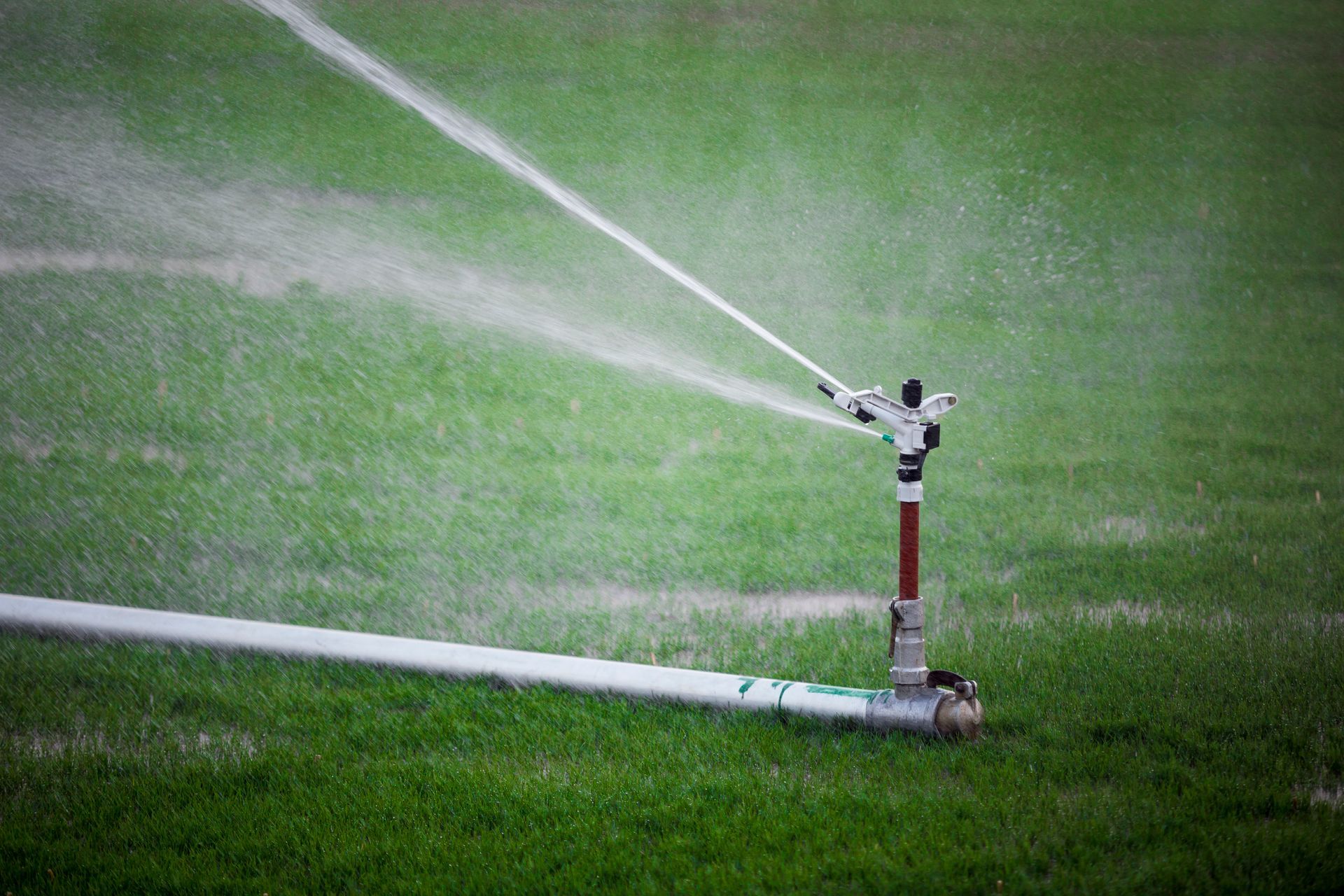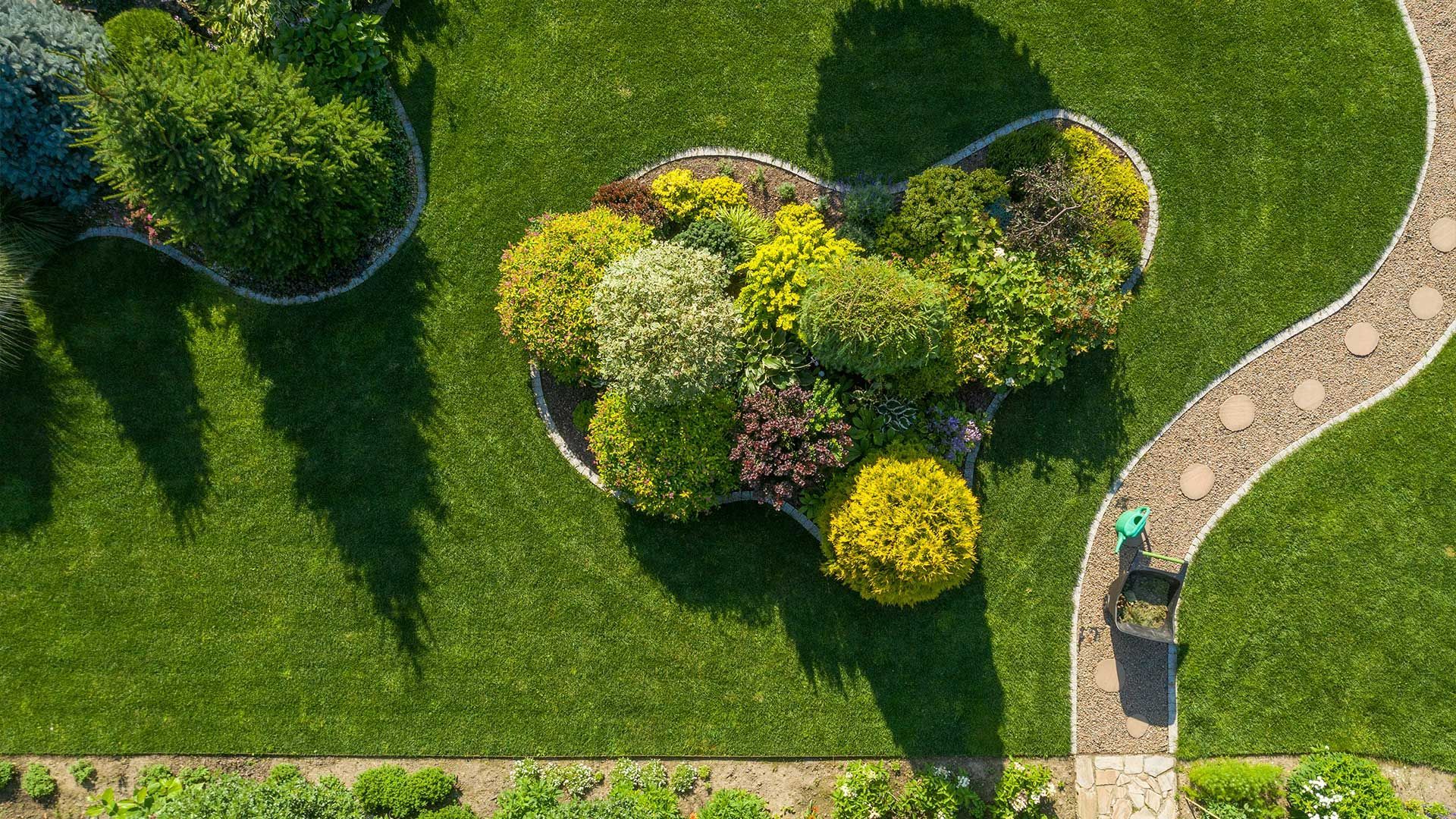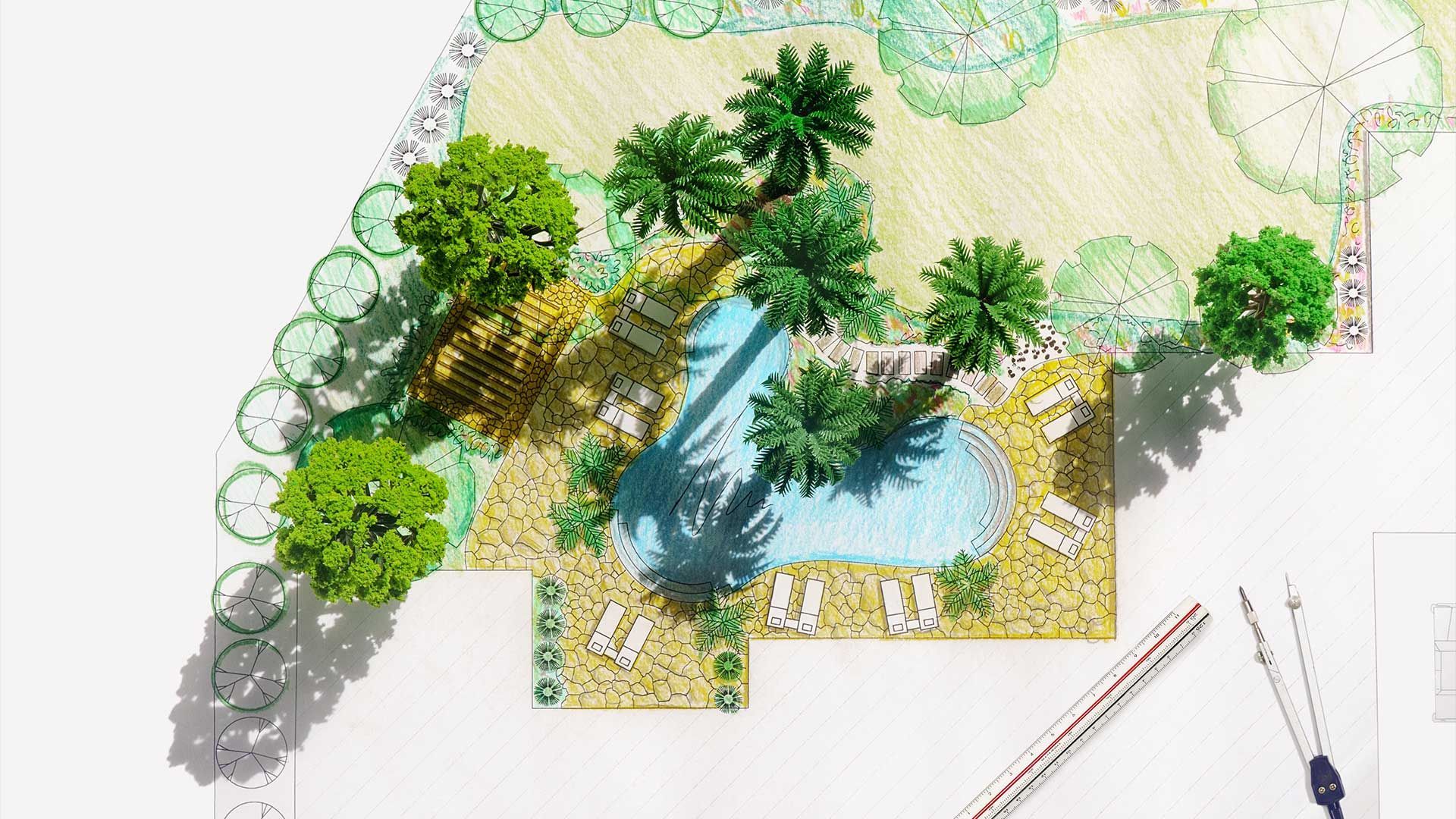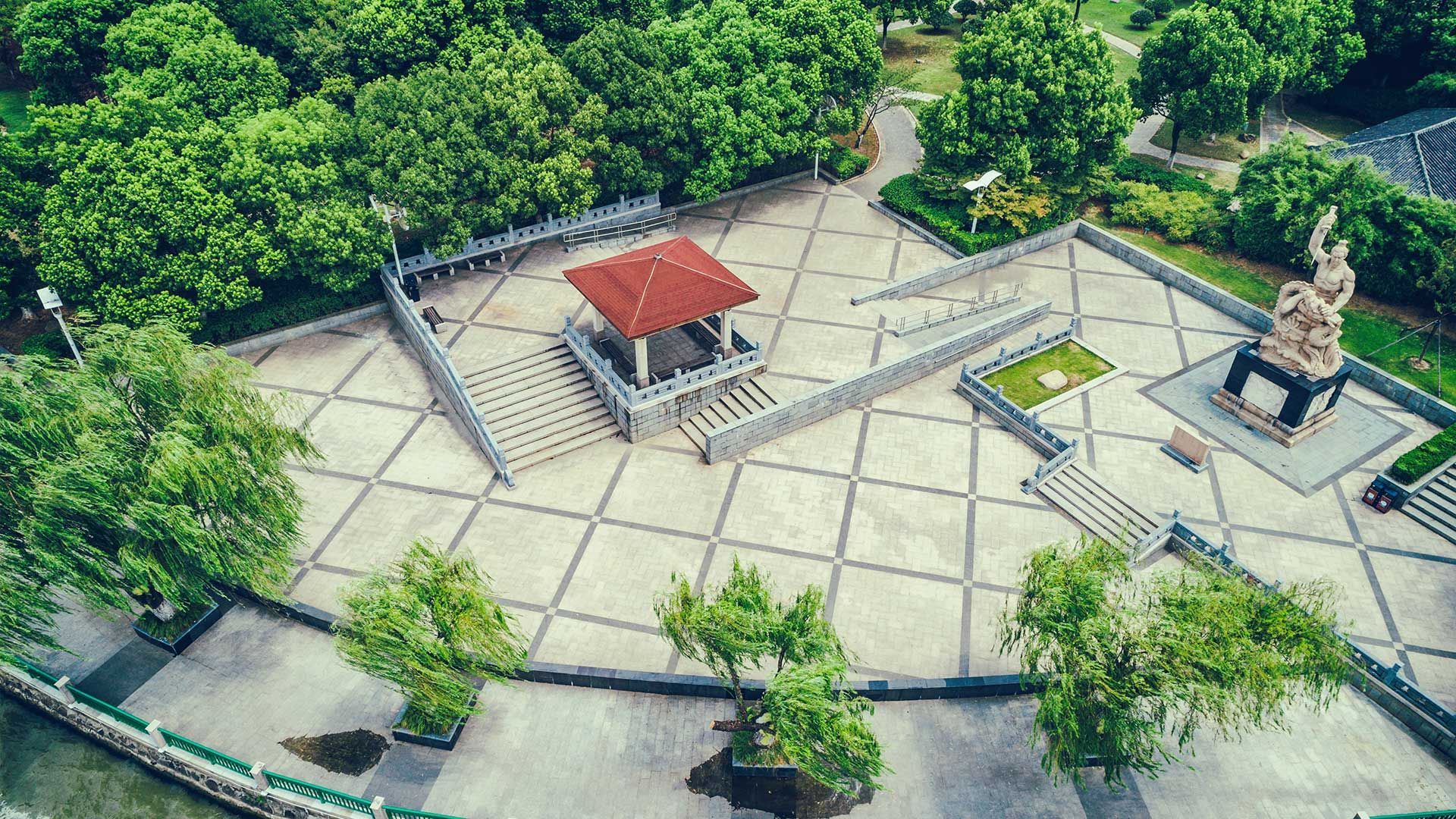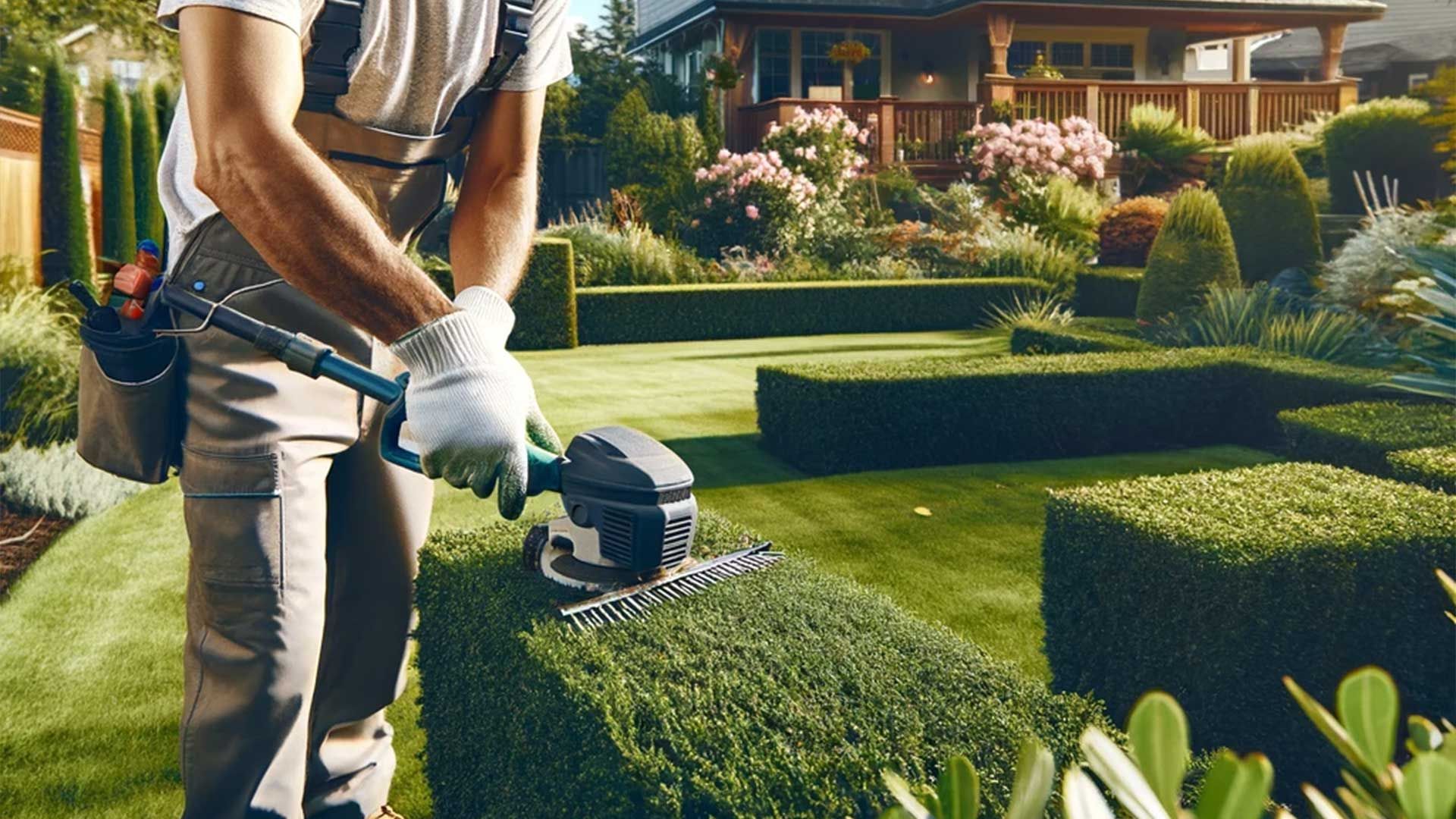Mastering Your Garden: Essential Tips for Installing a Home Irrigation System
In the world of gardening, proper watering is essential for the health and vitality of your plants. That's where a home irrigation system comes in handy. A home irrigation system is a convenient and efficient way to ensure that your garden receives the right amount of water at the right time, without the hassle of manual watering.
In this comprehensive guide, we'll explore everything you need to know about installing a home irrigation system. From assessing your garden's needs to choosing the right components and installation process, we'll cover all the essential tips and tricks to help you master your garden's watering needs.
Whether you're a seasoned gardener looking to upgrade your irrigation system or a beginner wanting to improve your gardening skills, this guide is for you. Let's dive in and discover how a home irrigation system can transform your garden into a thriving oasis of greenery and blooms.
Assessing Your Garden's Needs
Before diving into the installation of a home irrigation system, it's crucial to understand your garden's unique watering requirements. Different plants have varying water needs, so take the time to assess each area of your garden and the types of plants it contains. Consider factors such as the plant's species, size, and growth stage, as well as environmental factors like sun exposure and soil type.
Additionally, assess the soil type, slope, and drainage of your garden to determine how water moves through the landscape. Sandy soils drain quickly and may require more frequent watering, while clay soils retain water longer but can become waterlogged. Understanding these factors will help you design an irrigation system that delivers water efficiently and effectively to each area of your garden, promoting healthy plant growth and minimizing water waste. By assessing your garden's needs upfront, you can tailor your home irrigation system to provide optimal care for your plants while conserving water and saving time in the long run.
Types of Home Irrigation Systems
There are several types of home irrigation systems available, each with its own advantages and suitability for different garden layouts and plant types. The most common types include drip irrigation, sprinkler systems, and soaker hoses.
Drip irrigation systems deliver water directly to the root zone of plants through a network of tubing and emitters. This method is highly efficient and reduces water waste by minimizing evaporation and runoff. It's ideal for garden beds, vegetable gardens, and areas with densely planted vegetation.
Sprinkler systems, on the other hand, distribute water over a larger area through overhead sprinkler heads. These systems are versatile and can cover large areas quickly, making them suitable for lawns, flower beds, and landscaped areas.
Soaker hoses are porous hoses that release water slowly along their length, providing a gentle and consistent watering method. They are ideal for gardens with rows of plants or for watering trees and shrubs.
Each type of irrigation system has its own pros and cons, so it's essential to choose the one that best suits your garden's layout, plant types, and watering needs.
Planning Your Irrigation Layout
Once you've chosen the type of home irrigation system that best suits your garden's needs, it's time to plan the layout. Start by mapping out your garden area and identifying the locations of your plants, flower beds, and other landscape features. Consider factors such as plant spacing, water requirements, and any obstacles that may affect the placement of irrigation components.
Next, design an efficient irrigation layout that ensures proper coverage and distribution of water throughout your garden. This may involve dividing your garden into zones based on plant types or watering needs and selecting appropriate irrigation components for each zone.
Take into account factors such as water pressure, flow rate, and the capacity of your irrigation system to ensure that each area of your garden receives adequate water. By carefully planning your irrigation layout, you can maximize water efficiency, minimize water waste, and promote healthy plant growth throughout your garden.
Choosing the Right Components
Selecting the appropriate components for your home irrigation system is essential to ensure its effectiveness and efficiency. Consider factors such as water pressure, flow rate, and the specific needs of your garden when choosing components such as emitters, sprinkler heads, valves, and controllers.
For drip irrigation systems, choose emitters that deliver the correct amount of water to each plant based on its water requirements. Consider factors such as emitter type (drippers, bubblers, micro-sprayers) and flow rate to ensure proper watering.
For sprinkler systems, select sprinkler heads that provide adequate coverage for your garden area while minimizing overspray and runoff. Choose heads with adjustable spray patterns and flow rates to customize watering for different plant types and areas.
Valves and controllers are essential components for controlling the flow of water through your irrigation system. Choose valves that are durable and weather-resistant, and select controllers with programmable settings that allow you to adjust watering schedules based on plant needs and weather conditions.
By choosing the right components for your home irrigation system, you can ensure that your garden receives the proper amount of water at the right time, promoting healthy plant growth and minimizing water waste.
Installation Process
Once you have selected the appropriate components for your home irrigation system, it's time to proceed with the installation process. Follow these steps to ensure a successful installation:
1. Prepare the Area: Clear the area where you plan to install the irrigation system of any debris, vegetation, or obstacles. This will ensure easy access and prevent damage to the components during installation.
2. Lay Out the Components: Lay out the tubing, emitters, sprinkler heads, and other components according to your irrigation layout plan. Take care to position them correctly and securely fasten them in place.
3. Connect the Components: Use connectors, couplings, and fittings to connect the tubing, emitters, and other components together. Ensure that all connections are tight and secure to prevent leaks.
4. Install Valves and Controllers: Install valves and controllers at strategic points in your irrigation system to control the flow of water. Connect them to a reliable water source, such as a hose bib or irrigation mainline.
5. Test the System: Once the installation is complete, test the system to ensure that all components are working correctly. Check for leaks, proper water flow, and coverage throughout your garden.
6. Make Adjustments: Make any necessary adjustments to the system, such as repositioning emitters or adjusting sprinkler heads, to ensure optimal performance and coverage.
By following these steps, you can successfully install a home irrigation system that will provide your garden with the water it needs to thrive. Remember to consult manufacturer instructions and seek professional assistance if needed to ensure a safe and effective installation.
Maintenance and Troubleshooting
Regular maintenance is essential to keep your home irrigation system running smoothly and effectively. Here are some maintenance tasks you should perform:
1. Inspect Regularly: Regularly inspect your irrigation system for leaks, clogs, and other issues. Check for damaged components, such as cracked tubing or broken emitters, and replace them as needed.
2. Clean Filters: Clean or replace filters in your irrigation system to prevent clogs and ensure proper water flow. This is especially important for drip irrigation systems, where small particles can easily clog emitters.
3. Adjust Settings: Adjust the settings on your irrigation controller as needed to accommodate changes in weather, plant growth, and watering needs. This may include adjusting watering schedules, run times, and flow rates.
4. Winterize System: Before the onset of winter, be sure to winterize your irrigation system to prevent freezing and damage. Drain all water from the system, insulate exposed pipes, and shut off the water supply to prevent freezing.
5. Monitor Water Usage: Keep an eye on your water usage and adjust your irrigation system as needed to conserve water. Consider installing a rain sensor or soil moisture sensor to automatically adjust watering based on weather conditions and soil moisture levels.
If you encounter any issues with your home irrigation system, such as leaks, low water pressure, or uneven watering, troubleshoot the problem promptly. Check for common issues such as clogged emitters, damaged components, or misaligned sprinkler heads, and make necessary repairs or adjustments.
By performing regular maintenance and troubleshooting, you can keep your home irrigation system in top condition and ensure that your garden receives the water it needs to thrive.
Conclusion
Installing a home irrigation system is a game-changer for any garden enthusiast, providing convenience, efficiency, and improved plant health. By following the essential tips outlined in this guide, you can master the art of home irrigation and ensure that your garden thrives year-round.
At Carolina Custom Landscape and Design dba Plants Unlimited, we understand the importance of proper irrigation for maintaining a healthy and vibrant garden. Our team of experts is dedicated to helping homeowners like you design and install custom irrigation systems tailored to your garden's unique needs. Whether you're looking to conserve water, save time, or enhance the beauty of your landscape, we're here to help.
For more information or to schedule a consultation, contact us today at 919-801-8483. Let us help you take your garden to the next level with a custom home irrigation system from Carolina Custom Landscape and Design dba Plants Unlimited.
Frequently Asked Questions (FAQs)
How do I know if my garden needs a home irrigation system?
You may consider installing a home irrigation system if you have a large garden or landscape with varying water needs, or if you want to save time and effort on manual watering.
What are the benefits of installing a home irrigation system?
Home irrigation systems offer several benefits, including water conservation, improved plant health, time savings, and convenience.
Can I install a home irrigation system myself, or do I need professional help?
While some homeowners may be able to install a basic home irrigation system themselves, complex systems or larger installations may require professional assistance to ensure proper design and installation.
How often should I water my garden with a home irrigation system?
The frequency of watering will depend on factors such as plant type, soil type, weather conditions, and the type of irrigation system installed. It's essential to monitor soil moisture levels and adjust watering schedules accordingly.
What maintenance tasks are required for a home irrigation system?
Regular maintenance tasks for a home irrigation system include inspecting for leaks and damage, cleaning filters, adjusting settings as needed, winterizing the system, and monitoring water usage.
